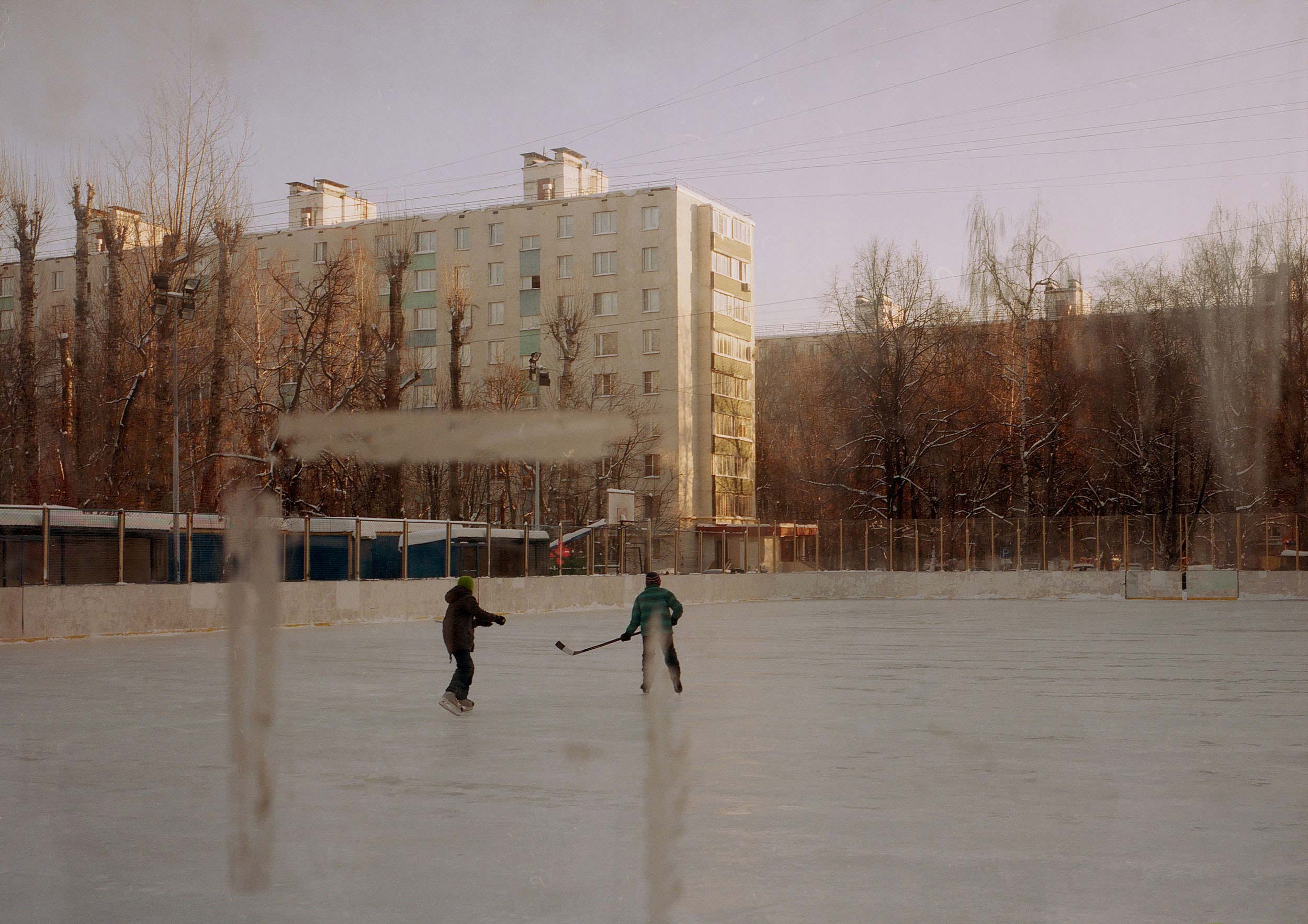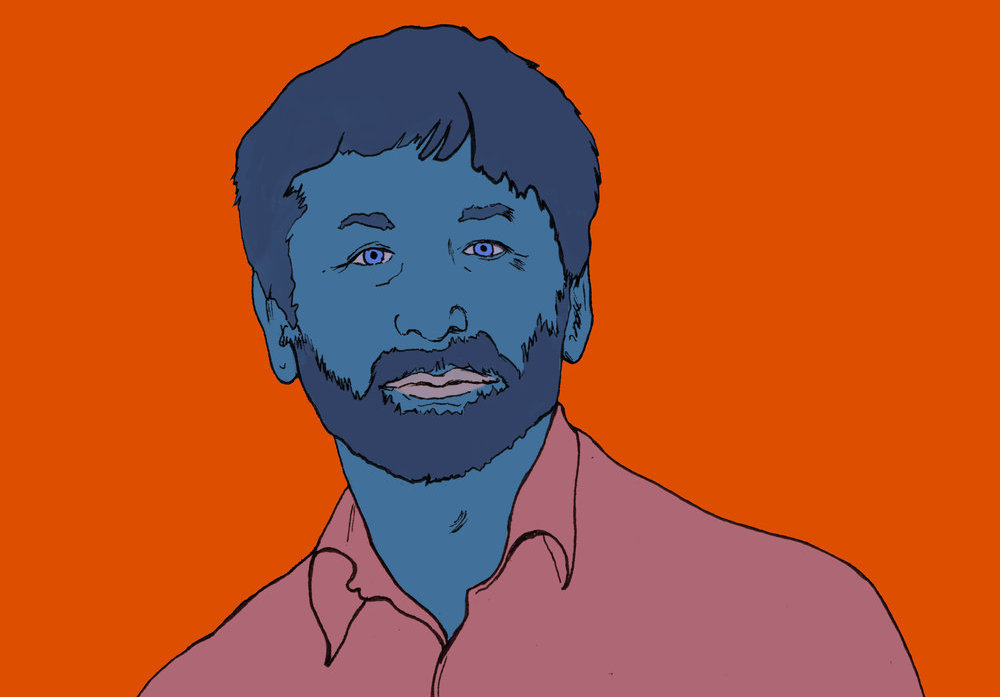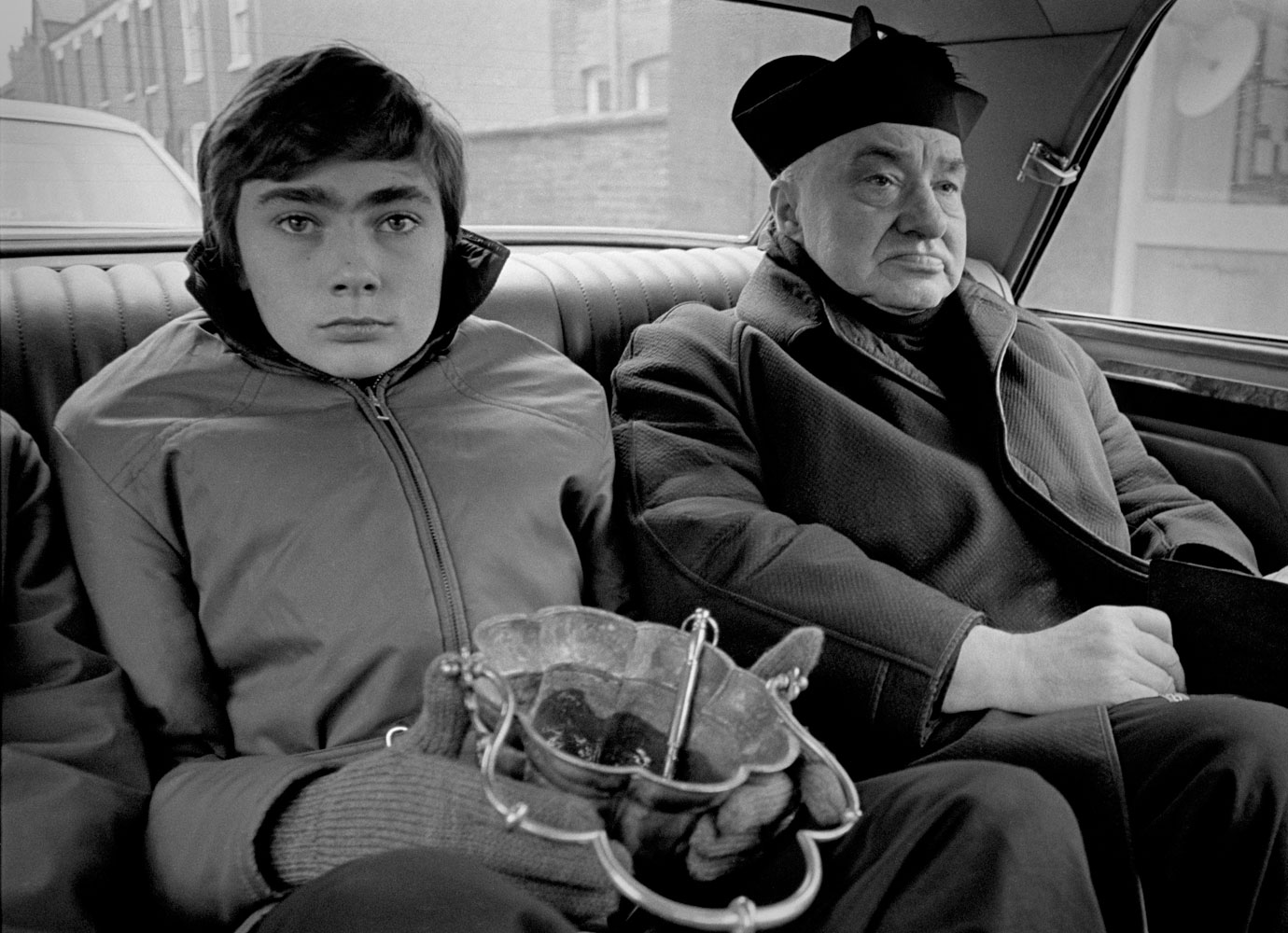Tea cups and pickle jars: after moving to Uganda, one Russian photographer recaptures a sense of home
Victoria Surkova’s life changed dramatically when she moved from Russia to Uganda three years ago. Separated from the familiar, the photographer began contemplating her connection with her home country — and her relationship with her mother.
“I see my mother once a year, when I come back to Russia for holidays. On my first trip home, I realised that the flat where we once lived together no longer felt like mine,” Surkova remembers. “I looked at the objects that surrounded me and saw a reflection of my mother. In that moment, I realised all of these things could tell the story of the person I love most far better than through portraiture. The objects which surround us are a reflection of who we are.”
Surkova went on to capture these objects in So Close that is Far, a photo series that encapsulates and explores ideas of intimacy, physical closeness, separation, and love.
“I started from going through our family albums and picking shots which depicted parts of my mother’s life which I didn’t know much about,” the photographer says. “After choosing photos, I could intuitively pick objects that reflected the particularities of her character, or hobbies that she’d had through the years.”
Surkova has always been interested in objects and how people relate to their environments. So Close that is Far gave an opportunity to look not only into her personal relationship but also delve into the material history of Russia which is often neglected and overlooked. Surkova placed precious or historic items like antique tableware, alongside pickle jars and medicine packets, mundane yet recognisable images that would resonate with any Russian looking through the series.
“I love working with objects. It’s like starting a game, or a puzzle,” Surkova says. “I love studying the objects, picking pairs and compositions which would channel harmony, tension or irony. Through juxtapositions, I find new meanings for the objects”.
At the same time, the work saw the photographer undertake a form of emotional time travel: “With every still life I immersed myself into my mother’s past more and more. I recalled stories from her childhood and adolescence which she rarely mentioned. I finally started seeing my mother more clearly. The series unexpectedly became very meaningful for both of us and our relationship. Our separation was not only about me moving countries, but a deeper emotional separation and understanding each other as individuals.”
“In my mother’s flat, there is a cabinet with cut glass and various sets of tableware which are older than me. I call this cabinet untouchable and its content frozen in time, because it seems that it hasn’t been moved in 30 or 40 years,” the photographer continues. “Mum told me that her father used to have a prestigious job, and would bring home different trinkets which at the time cost a fortune. I took a risk and used one of those china sets for a still life, imagining my mother drinking tea from these cups while hardly understanding their value. Now, it’s a treasure from the past.”






